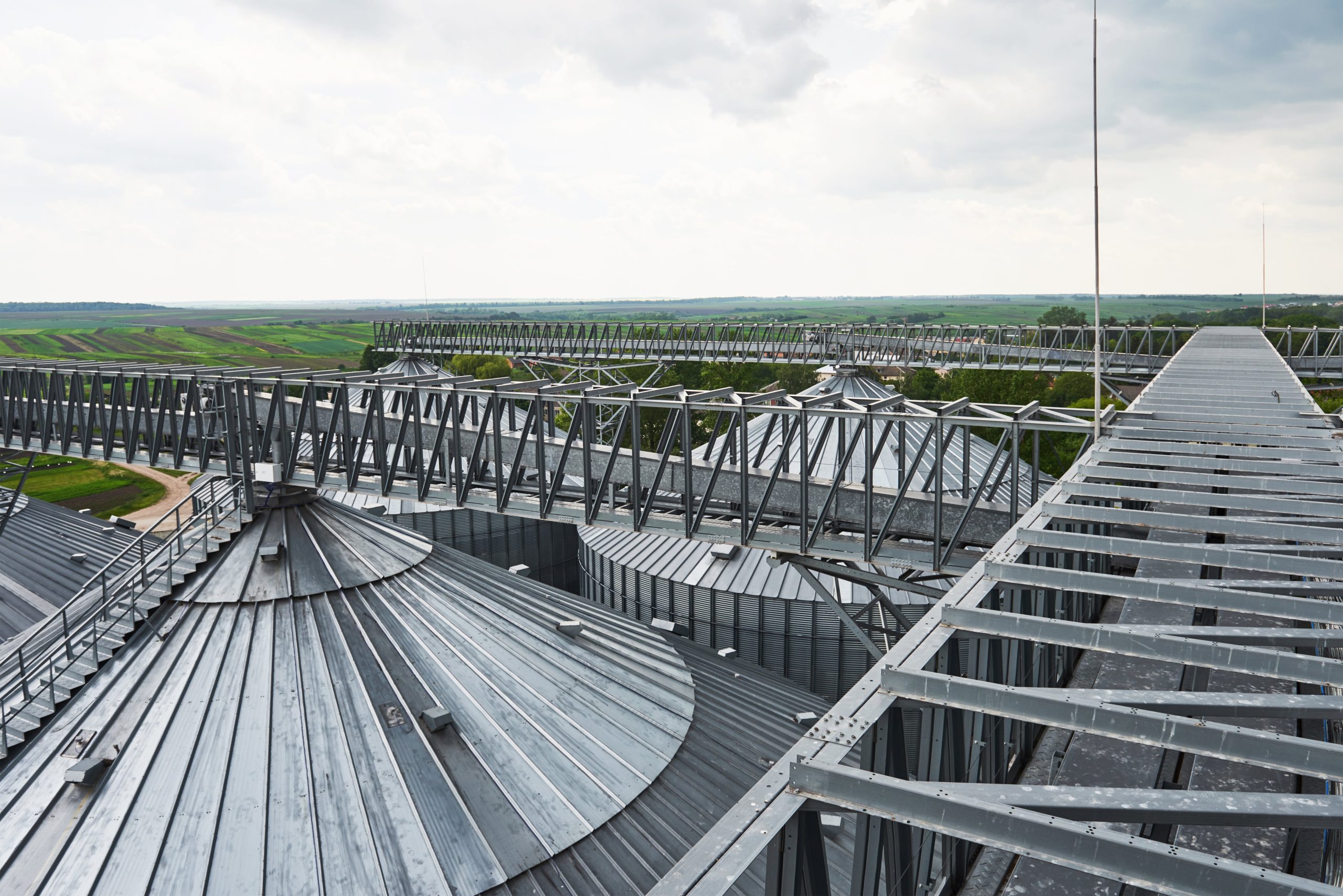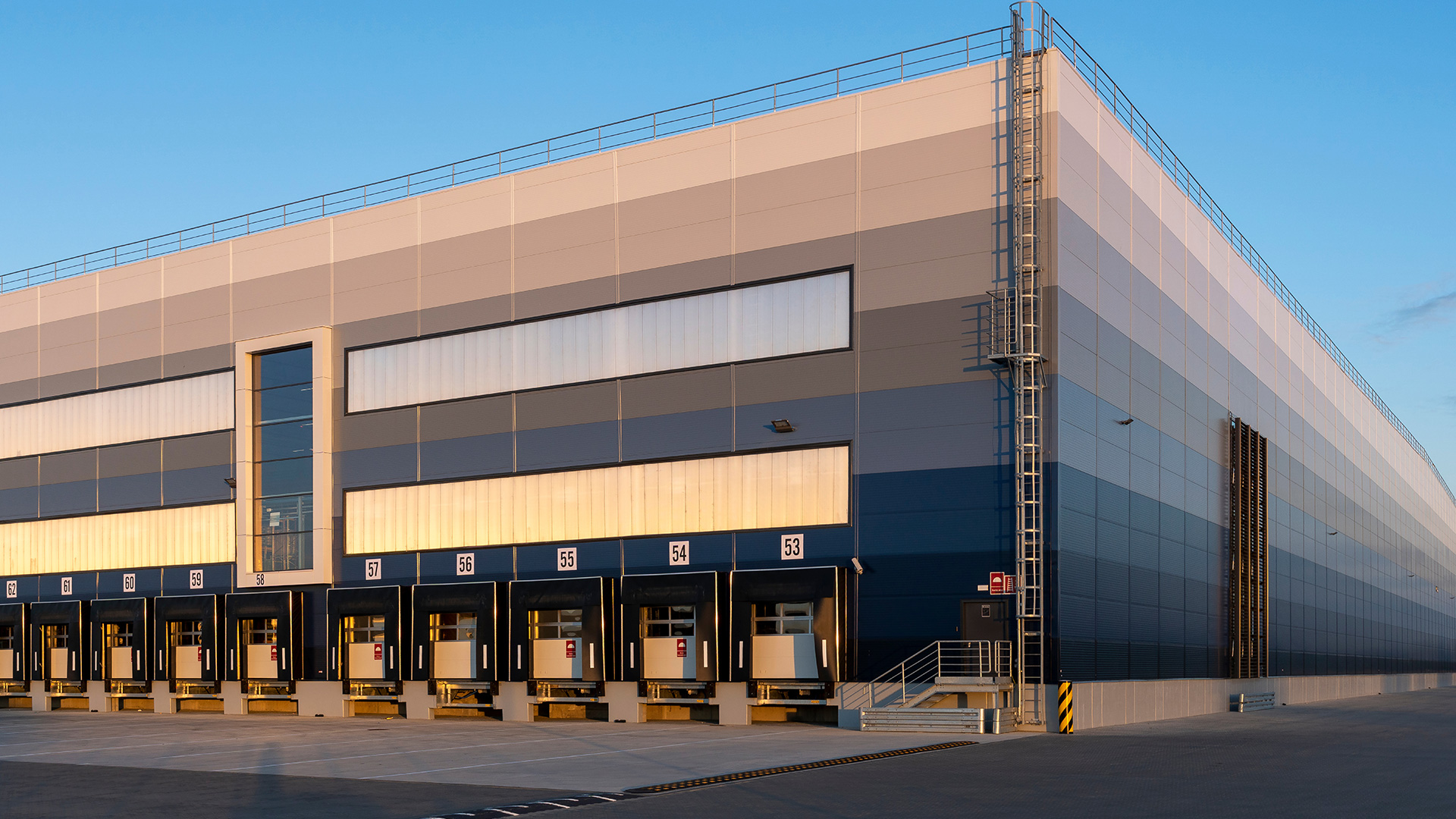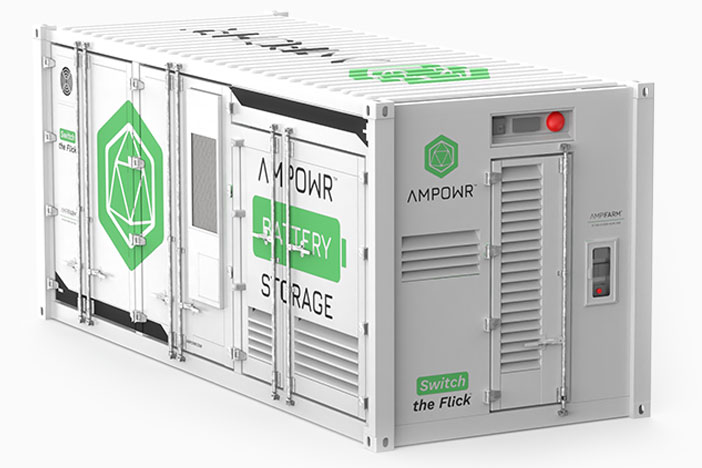INDUSTRIAL ENERGY STORAGE SYSTEMS
Unlocking the Potential: Industrial Energy Storage Systems
Relevance of including a energy storage system
Industrial Energy Storage Systems are crucial in today’s energy landscape due to escalating energy demands and growing concerns about climate change. These systems play a pivotal role in managing fluctuating energy supply and demand, improving grid stability, and facilitating the integration of renewable energy sources. With the rise of renewable energy and the need for a sustainable future, industrial energy storage systems have become increasingly relevant in ensuring reliable and consistent power supply.
Are you ready to revolutionize your energy management, cut costs, and enhance your operations? In this article, we delve into the relevance and benefits of integrating an energy storage system into your business.
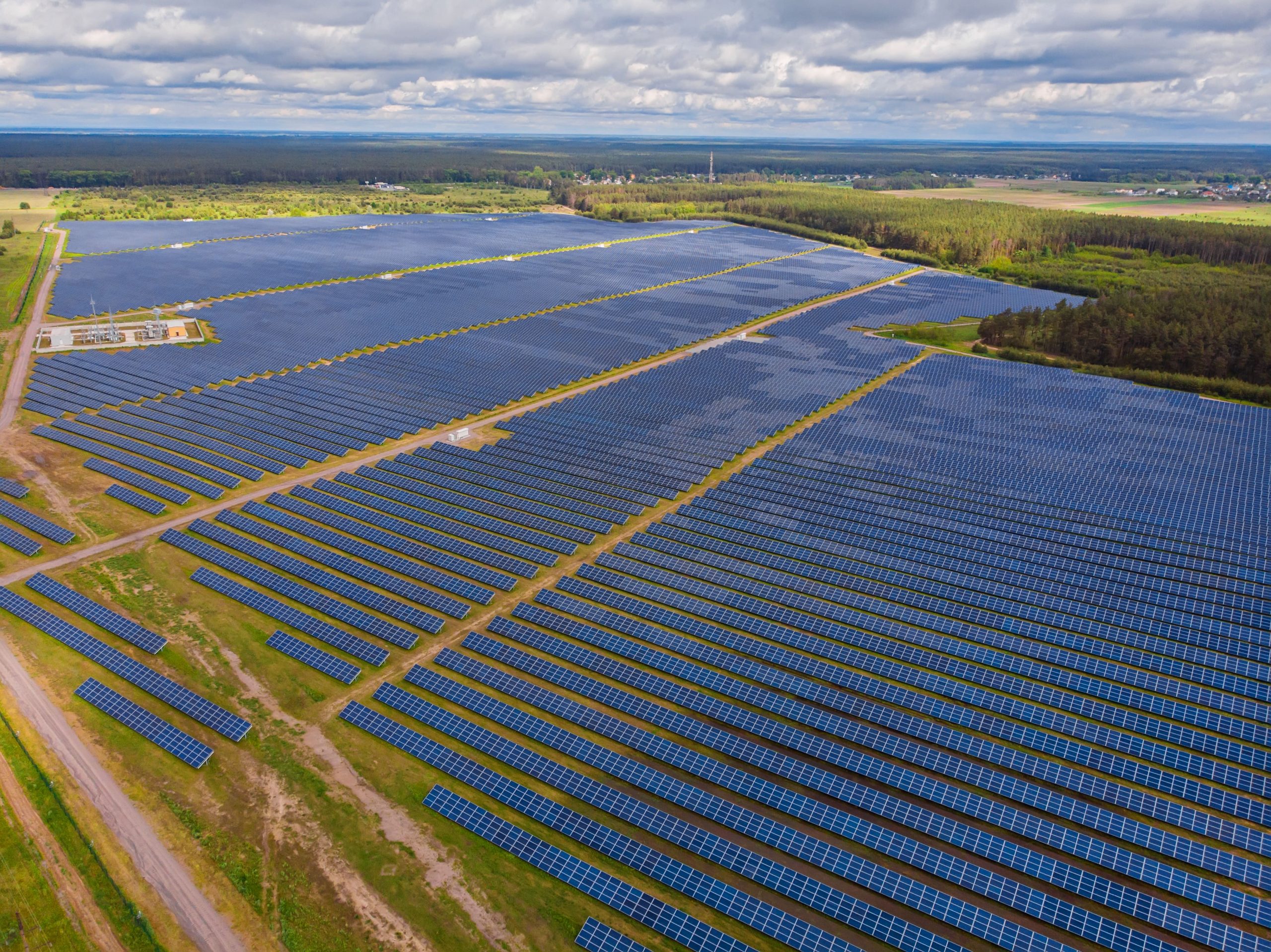
Sizes of industrial energy storage systems
Industrial energy storage systems have gained significant relevance in today’s energy landscape, and their importance varies depending on their size and capacity. These systems play a vital role in addressing the challenges posed by intermittent renewable energy sources, managing peak demand periods, and enhancing grid stability. From large-scale installations to smaller, distributed systems, industrial energy storage solutions are becoming increasingly crucial in enabling a sustainable and resilient energy future at various levels of the power grid.
Industrial energy storage systems come in various sizes, depending on the specific application and requirements. The power size of these systems can range from relatively small installations to large-scale deployments. Here are some common categories of industrial energy storage systems based on their power size:
Small-Scale Systems
These systems typically have power capacities ranging from a few kilowatts (kW) to a few hundred kilowatts. They are commonly used in commercial buildings, factories, and residential settings to provide backup power during outages, optimize energy usage, and support peak shaving.
Medium-Scale Systems
Medium-scale industrial energy storage systems have power capacities that typically range from several hundred kilowatts to a few megawatts (MW). They are often employed in microgrids, industrial facilities, and community-level energy projects to improve grid stability, integrate renewable energy sources, and manage demand response programs.
Large-Scale Systems
Large-scale industrial energy storage systems have power capacities in the range of several megawatts to tens or even hundreds of megawatts. These systems are commonly found in utility-scale applications, such as grid-scale energy storage projects, where they provide grid stabilization services, enable the integration of renewable energy at a significant scale, and support peak load management.
It is important to note that the power size of industrial energy storage systems can vary depending on the specific project requirements and objectives. The size and capacity of the system are determined by factors such as the intended application, desired energy storage duration, available space, and budgetary considerations.

Fix energy costs and avoid increases

Modular configuration and capacity options

Energy management & monitoring system

Energy continuity and security

Connect to grid, solar, wind and facility

Safest battery tech and high quality
Energy Source of industrial Energy Storage Systems
Industrial energy storage systems often integrate with renewable energy sources like solar, wind, and hydroelectric power. These clean and sustainable sources generate electricity that can be stored for later use. By combining energy storage with renewables, businesses can enhance their environmental sustainability and reduce dependence on fossil fuel-based energy generation.
Renewable Energy Sources
Industrial energy storage systems often integrate with renewable energy sources like solar, wind, and hydroelectric power. These clean and sustainable sources generate electricity that can be stored for later use. By combining energy storage with renewables, businesses can enhance their environmental sustainability and reduce dependence on fossil fuel-based energy generation.
Grid Connection
Industrial energy storage systems can be charged using electricity from the grid. During off-peak hours when electricity demand is low, businesses can draw power from the grid to charge their energy storage system. This stored energy can then be utilized during peak demand periods, helping businesses reduce overall electricity expenses by avoiding peak demand charges and optimizing energy usage.
On-Site Generation
Certain commercial establishments have on-site generation capabilities, such as diesel generators or combined heat and power (CHP) systems. Energy storage systems can be charged using electricity generated by these on-site sources during periods of low demand. This stored energy can then be deployed during high-demand periods, reducing reliance on grid electricity and providing cost savings.

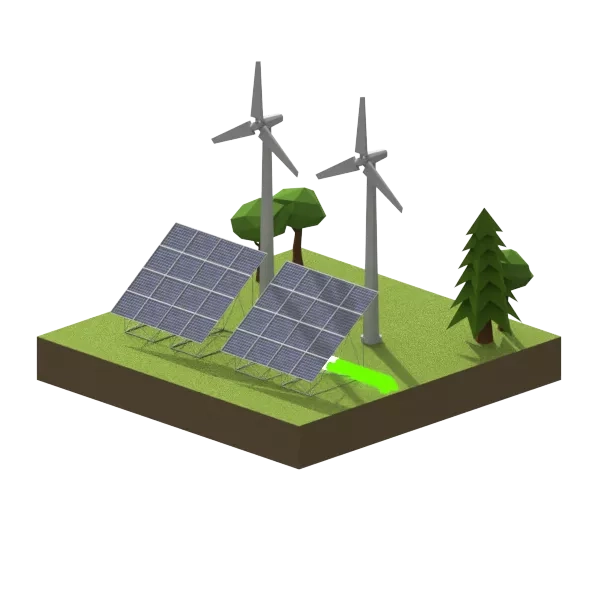

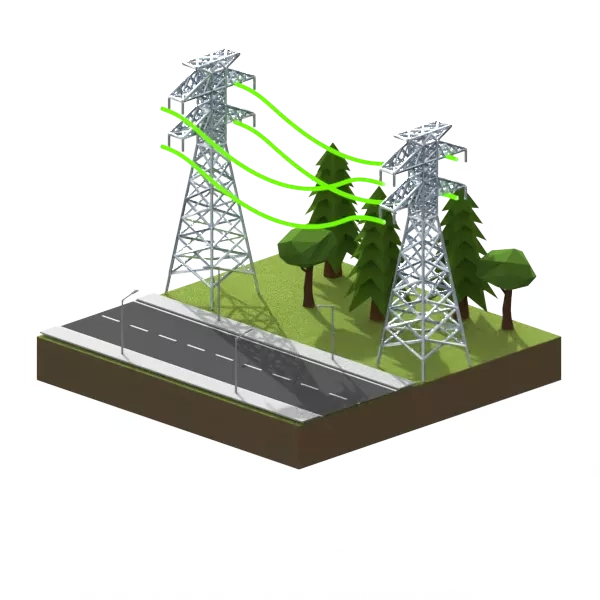
Application of industrial Energy Storage Systems
Business case of industrial Energy Storage Systems
Business Overview
Our company operates a solar park that generates clean and renewable energy from photovoltaic panels. As the solar park expands, we are faced with the challenge of managing the intermittent nature of solar energy and ensuring a stable and reliable power supply. To address this challenge, we propose the implementation of an industrial energy storage system.
Objectives
The primary objectives of installing an industrial energy storage system in our solar park are as follows:
Enhance Grid Stability: By storing excess solar energy during periods of high generation, the energy storage system can release stored energy during low generation periods or times of peak demand, thereby improving grid stability and reducing the risk of blackouts.
Maximize Solar Energy Utilization: The energy storage system will enable us to capture and store surplus solar energy that would otherwise be curtailed due to grid limitations or low demand. This stored energy can be discharged when demand is high or during periods of limited solar generation, ensuring maximum utilization of our solar resources.
Time-Shift Energy Generation: The energy storage system will enable us to shift solar energy generation to align with peak demand periods, allowing us to sell electricity at higher prices and optimize revenue generation.
Benefits
Grid Independence
With the energy storage system in place, we will have greater independence from the grid, reducing our reliance on grid electricity and potential price fluctuations.
Revenue Generation
By time-shifting energy generation and discharging stored energy during peak demand periods, we can sell electricity at premium rates, maximizing revenue potential.
Grid Support
Our solar park can provide grid support services, such as frequency regulation and voltage control, through the energy storage system, contributing to the stability and reliability of the local power grid.
Environmental Sustainability
The implementation of an industrial energy storage system aligns with our commitment to sustainability by optimizing the use of clean solar energy and reducing greenhouse gas emissions.
Cost of an industrial Energy Storage Systems
The cost of an industrial energy storage system varies depending on factors such as system size, battery technology, balance of system components, installation, and operations and maintenance. Larger systems and advanced battery technologies tend to have higher upfront costs. However, industry trends indicate declining costs over time due to technological advancements and economies of scale. Conducting a detailed cost analysis and consulting with experts is crucial to estimate the specific cost of an industrial energy storage system.
That’s why we invite you to contact us for a customized quote. Our team of experts will work closely with you to assess your requirements, analyze the project details, and provide you with a comprehensive and personalized cost estimate for an energy storage system that aligns with your goals and budget.
With energy storage systems, your commercial venture can experience substantial cost savings that contribute to your bottom line while ensuring a sustainable and resilient energy future. Don’t miss out on this opportunity to revolutionize your business’s energy management and financial success.
Our Smart Battery Energy Storage Systems are leading the energy transition and powering a wide range of industries and applications.


